
A wild baby animal might seem like the perfect selfie companion—cute, helpless, and ready to rack up likes. But behind the camera, that moment could cause serious harm to the animal, its habitat, and even you. From hidden dangers to lasting consequences, here are seven reasons why snapping a selfie with a wild baby animal is never a good idea.
1. Viral Selfies Fuel a Dangerous Feedback Loop
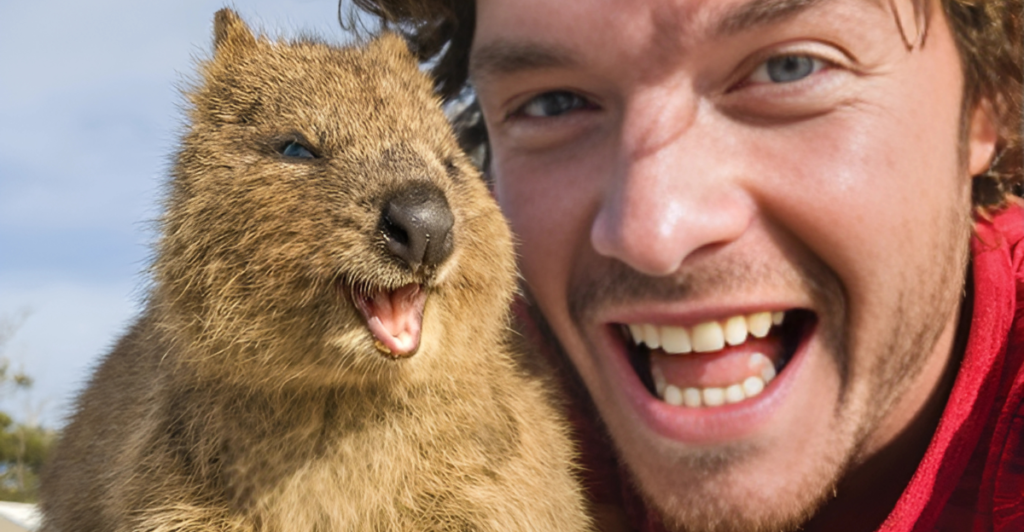
Social media platforms reward engagement, and wildlife selfies get plenty of it. Algorithms boost posts tagged with #wildlifephotography, making human-animal interaction seem normal. Even ethical photos unintentionally promote copycat behavior, leading to more people seeking out wild animals for viral moments. The more these images spread, the more they reinforce the idea that it’s acceptable—or even beneficial—to handle wild creatures.
2. You Might Be Breaking the Law
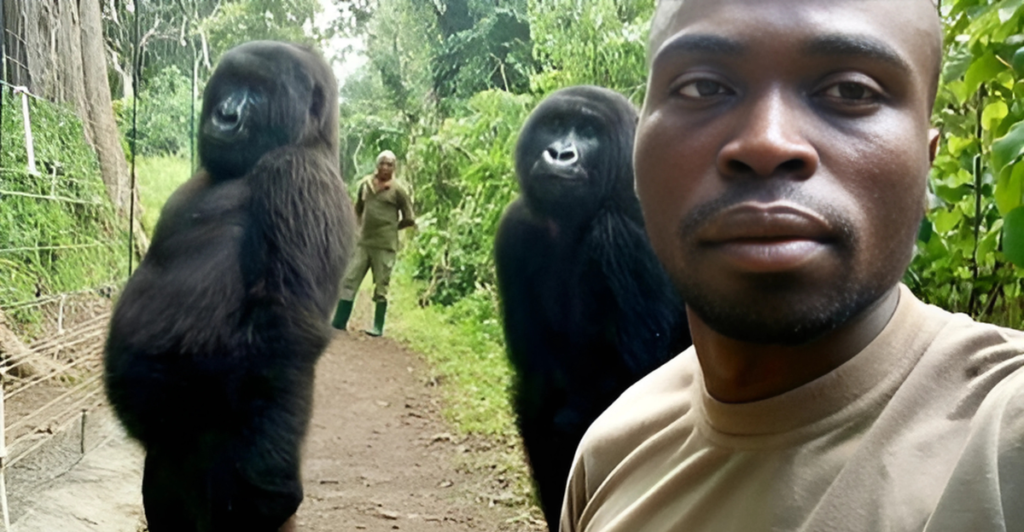
In many places, handling or disturbing wild animals is illegal, with fines reaching thousands of dollars. Some countries have cracked down on wildlife selfies, with authorities confiscating animals from tourists who attempt to pose with them. Even in national parks, interfering with wildlife can lead to serious legal trouble. What starts as an innocent photo could end with fines, arrests, or even a criminal record.
3. Wildlife Traffickers Use Selfies to Sell Animals
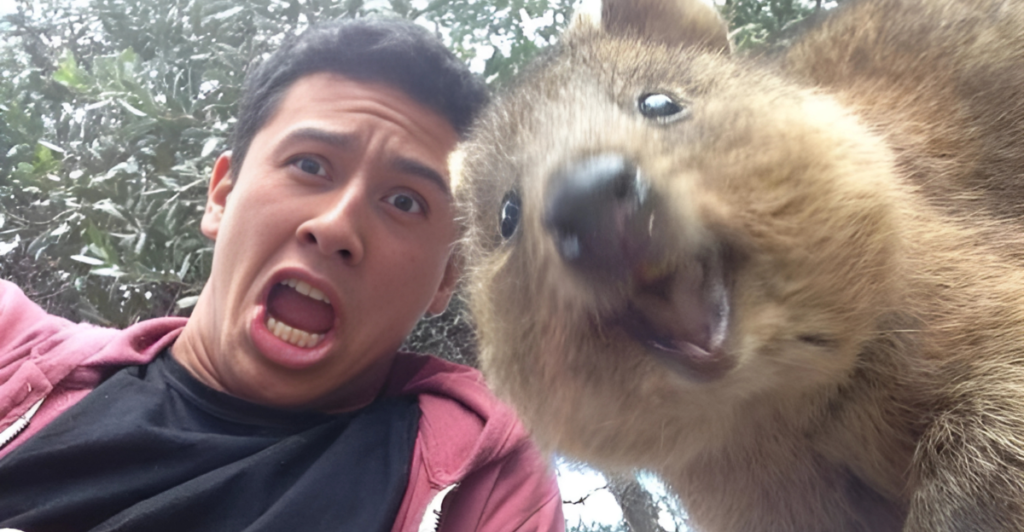
Think that baby monkey selfie is harmless? Illegal wildlife networks use similar images as advertising. Cute, staged photos make exotic animals seem like ideal pets, fueling black-market demand. Slow lorises, for example, saw a surge in illegal sales after viral videos showed them as adorable, cuddly creatures—despite their toxic bites and high stress levels. Your one selfie could be part of a much bigger, darker industry.
4. The “Domestication Illusion” Puts Species at Risk
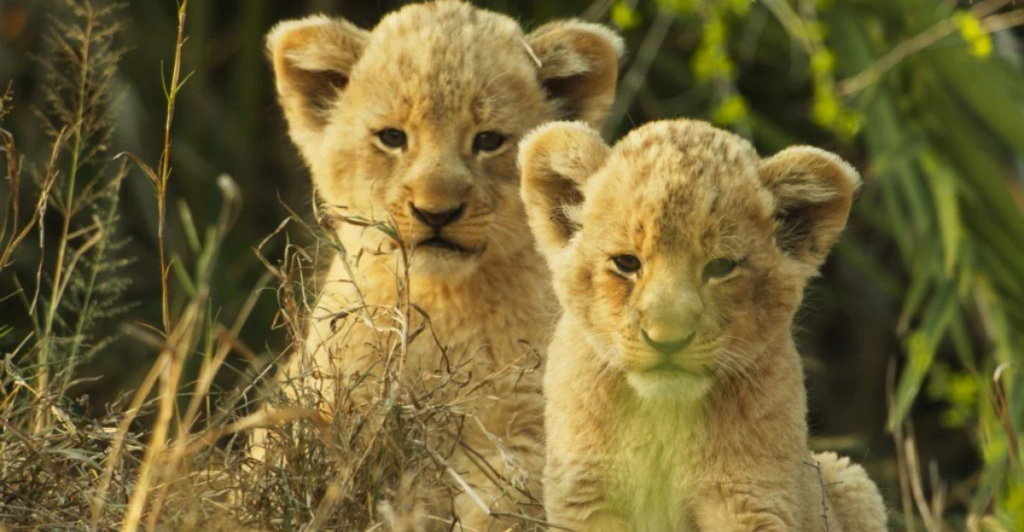
Seeing a wild baby animal in someone’s arms makes it look tame, reinforcing a dangerous misconception. Research on chimpanzee imagery found that people viewed the species as less endangered when shown alongside humans. This perception shift leads to less support for conservation efforts. A single selfie might seem insignificant, but collectively, they distort public understanding of wildlife threats.
5. Fake “Sanctuaries” Exploit Baby Animals for Profit
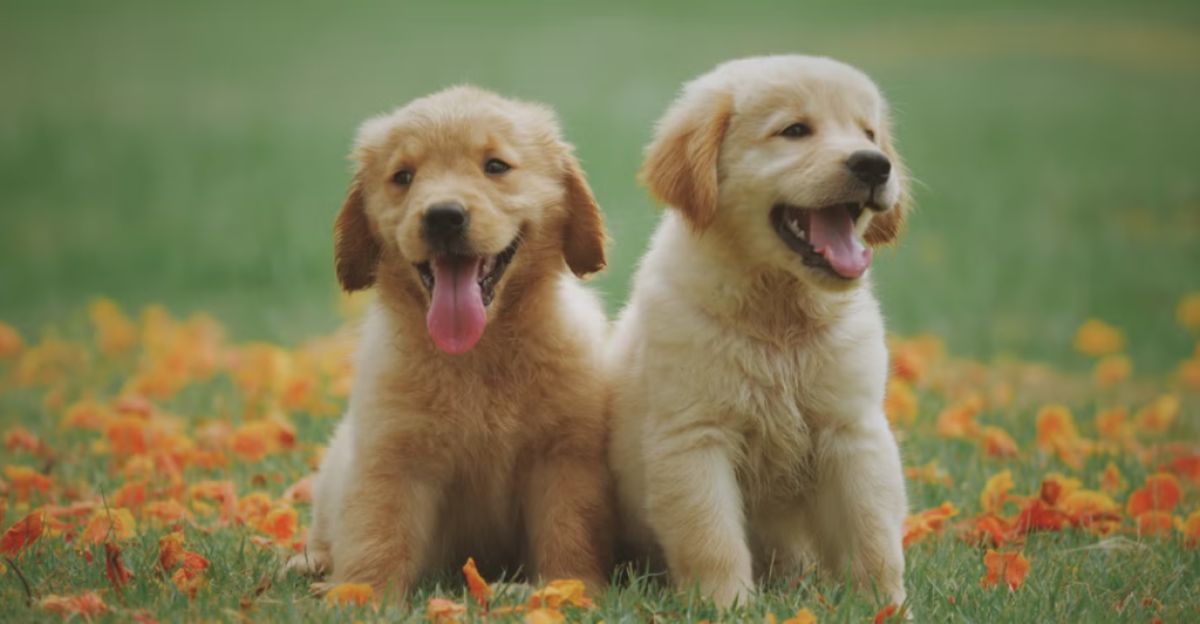
Many so-called “ethical” wildlife experiences exist solely for tourism dollars. Some facilities constantly replace baby animals as they grow, discarding them once they lose their “cute” factor. These businesses rely on visitors believing their interactions help conservation—when in reality, they’re part of a cycle of captivity and exploitation. If a baby animal is always available for selfies, it’s likely part of this revolving door.
6. Selfies Can Lead to Animal Deaths
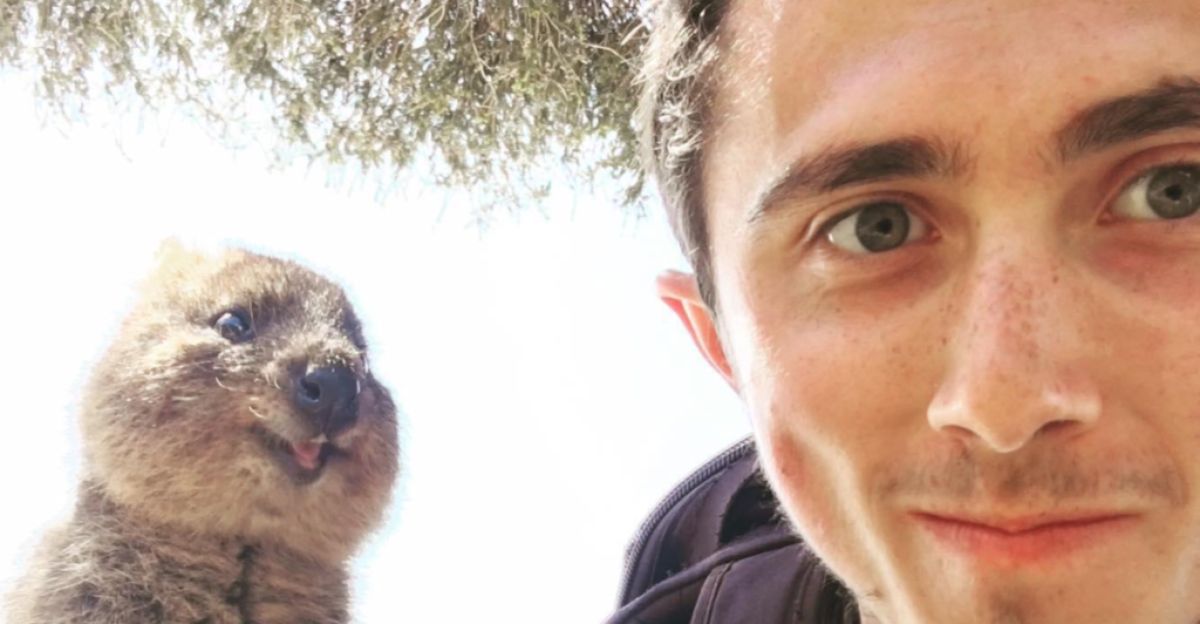
In 2017, tourists in Spain surrounded a stranded dolphin calf, crowding it for selfies instead of helping. The calf became so stressed that it died before authorities arrived. This isn’t an isolated incident—similar cases have occurred with sea turtles, sloths, and even bear cubs. A few seconds of human excitement can mean life or death for a wild baby animal.
7. Social Media Is a Marketplace for Illegal Animal Trade
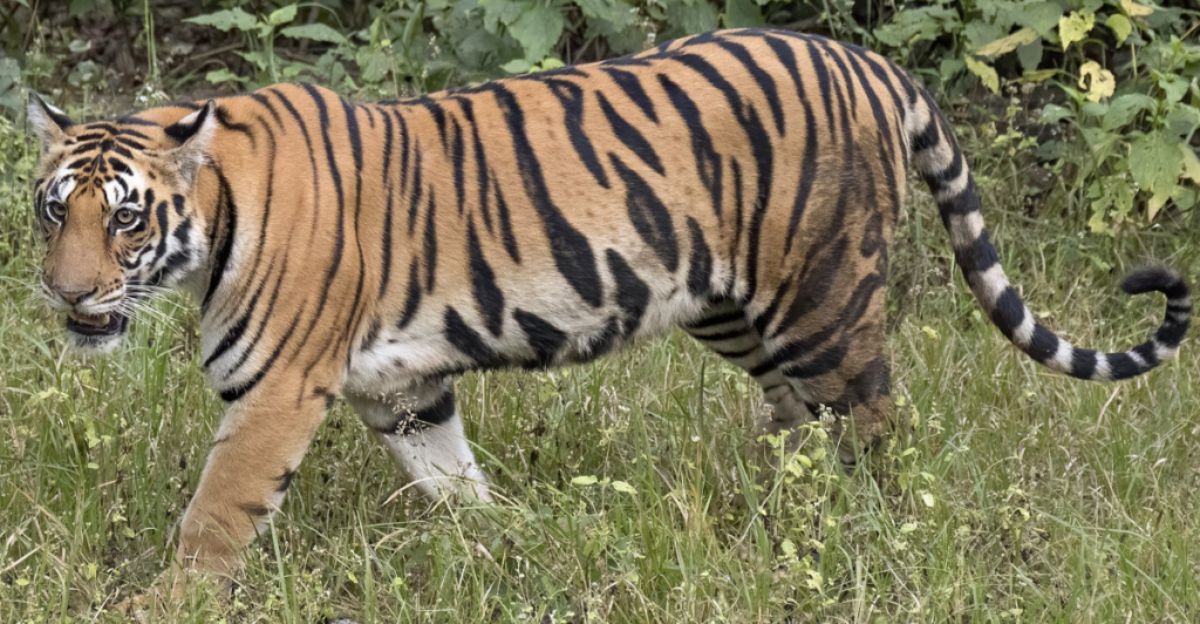
Platforms like Facebook Marketplace and WeChat aren’t just for selling household items—criminal networks use them to traffic live animals. A single viral selfie can spark new demand, with traffickers using these images as marketing tools. This was seen with cheetahs, whose rising popularity as luxury pets has led to increased poaching in Africa. Your photo could be the start of an illegal sale.
It’s Cultural Appropriation Disguised as Tourism
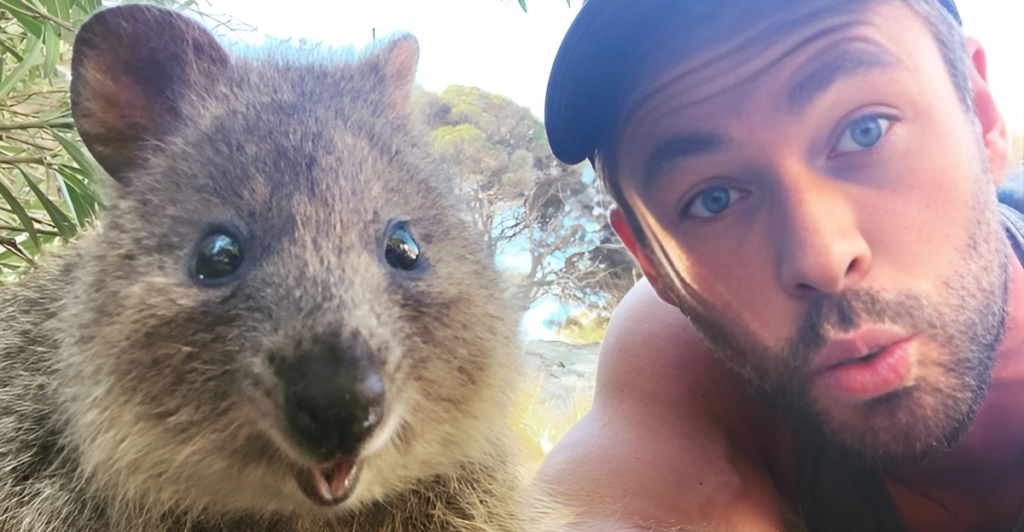
Many selfie trends exploit indigenous traditions while erasing their deeper meaning. In parts of Latin America, sloths and monkeys have been part of indigenous relationships with nature for centuries. But tourism-driven animal interactions strip away that context, turning sacred wildlife connections into exotic props. This isn’t just an ecological issue—it’s a cultural one.
A Selfie Can Permanently Alter an Animal’s Behavior
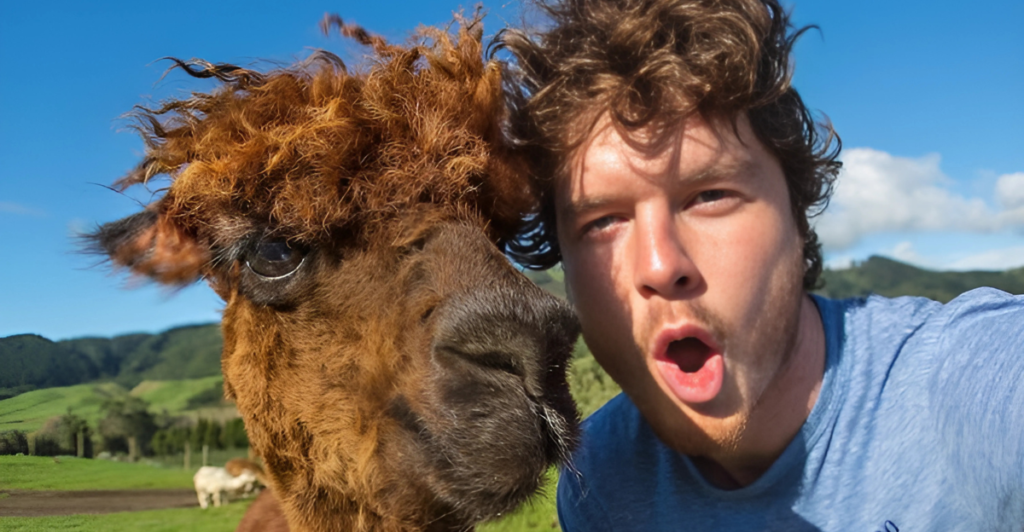
Baby animals learn survival instincts from their environment. When humans interfere, even briefly, it can have lasting effects. A bear cub that gets too comfortable around people might later approach humans, only to be euthanized as a “problem bear.” A baby bird that imprints on humans may never integrate back into its species. One selfie could change an animal’s life forever.
The “Digital Poaching” Hypothesis—Is Social Media the New Wildlife Trade?

We don’t think twice about snapping a picture, but what if taking a selfie is just another form of exploitation? “Digital poaching” suggests that turning wild animals into social currency—likes, shares, and engagement—commodifies them just as much as the black market trade. In this view, every selfie contributes to the idea that wildlife exists for human entertainment.
Even “Rescued” Animals in Selfies May Have Been Stolen

Some wildlife selfies feature orphaned or “rescued” baby animals—but how did they end up there? Many have been taken from the wild under false pretenses, sold into captivity as part of the pet trade. A well-meaning tourist might believe they’re supporting conservation when, in reality, they’re helping fuel illegal poaching. Always question why an animal is available for human interaction.
The Most Ethical Wildlife Selfie Is No Selfie at All
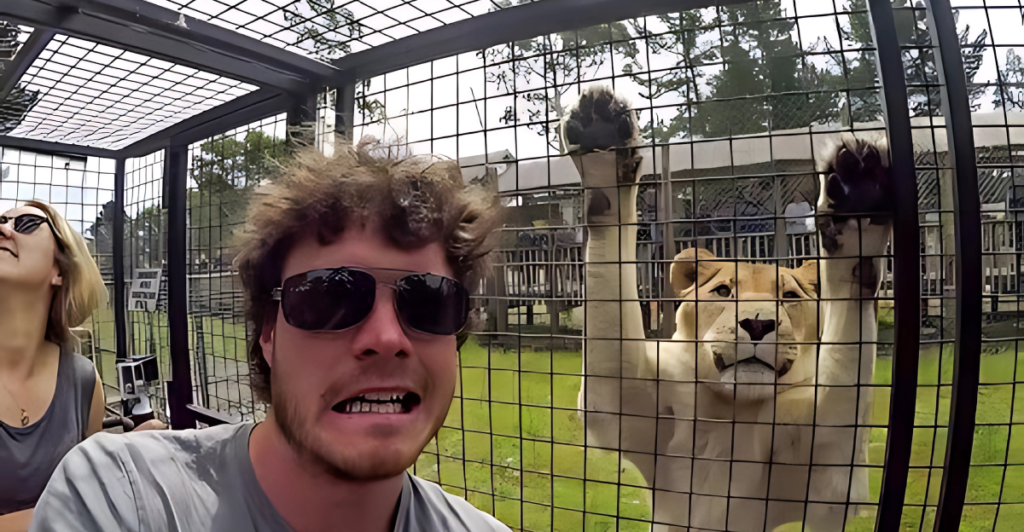
If you truly care about wild animals, the best way to appreciate them is from a respectful distance. Photography is an incredible tool for conservation—when done correctly. Ethical wildlife photographers use long lenses, avoid interfering with animals, and never put them in unnatural situations. Next time you see a baby animal, put down the phone and let it stay wild where it belongs.
Explore more of our trending stories and hit Follow to keep them coming to your feed!

Don’t miss out on more stories like this! Hit the Follow button at the top of this article to stay updated with the latest news. Share your thoughts in the comments—we’d love to hear from you!







